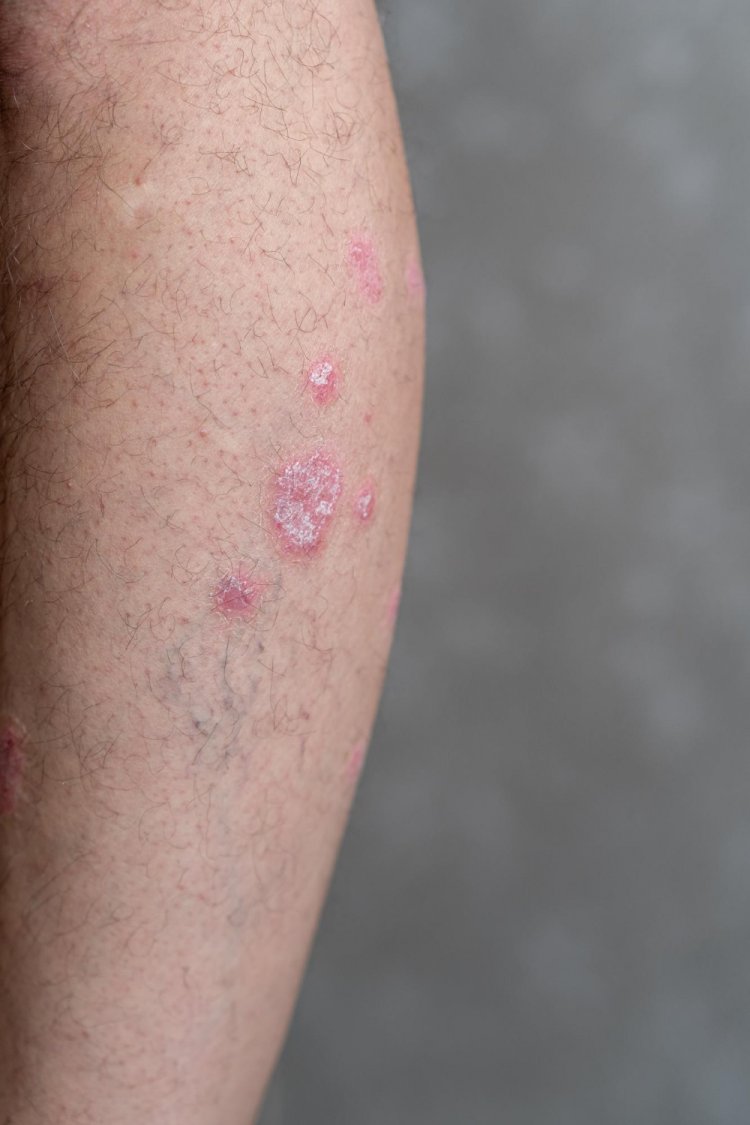Streptococcal Toxic Shock Syndrome (STSS)
Streptococcal Toxic Shock Syndrome (STSS) is a severe, rapidly progressing, and potentially fatal condition caused by the bacterium Streptococcus pyogenes, commonly known as group A streptococcus (GAS). This syndrome is characterized by the sudden onset of shock and multi-organ failure, frequently following an invasive GAS infection. Despite advances in medical treatment, STSS remains a significant public health challenge due to its high mortality rate and potential for rapid deterioration.

Etiology and Pathogenesis
STSS arises from infections caused by S. pyogenes, which can invade the body through skin breaches such as cuts, surgical wounds, or mucosal surfaces. Common entry points include:
- Skin lesions or trauma
- Post-surgical wounds
- Respiratory tract infections
Once the bacterium gains entry, it can cause localized infections like pharyngitis or skin infections (impetigo, cellulitis), but in some cases, it leads to invasive diseases such as necrotizing fasciitis, myositis, or bacteremia. The pathogenesis of STSS involves several virulence factors, including:
- Exotoxins: Streptococcal pyrogenic exotoxins (SPEs) and other superantigens that trigger an exaggerated immune response.
- M-protein: A major virulence factor that helps the bacteria evade phagocytosis.
- Hyaluronidase and streptokinase: Enzymes that facilitate tissue invasion.
The release of these exotoxins and superantigens leads to a massive release of pro-inflammatory cytokines, resulting in a cytokine storm. This uncontrolled immune response causes widespread endothelial damage, vascular leakage, and shock.
Clinical Manifestations
The clinical presentation of STSS is abrupt and severe, often developing within hours to days of the initial infection. Key manifestations include:
Early Symptoms:
- Fever and chills
- Myalgia and generalized weakness
- Nausea, vomiting, and diarrhea
Advanced Symptoms:
- Hypotension: Severe drop in blood pressure leading to shock
- Multi-organ failure: Dysfunction in multiple organs such as kidneys (acute renal failure), liver (hepatitis), lungs (acute respiratory distress syndrome), and heart (myocarditis)
- Skin involvement: A diffuse erythematous rash that can resemble sunburn, followed by desquamation, particularly on palms and soles
- Soft tissue necrosis: Painful, swollen areas that can progress to necrotizing fasciitis or myositis
Diagnosis
The diagnosis of STSS is primarily clinical but supported by laboratory and imaging studies. Diagnostic criteria include:
- Clinical Criteria: Sudden onset of shock and multi-organ failure
- Microbiological Evidence: Isolation of S. pyogenes from a normally sterile site (e.g., blood, cerebrospinal fluid, surgical wounds)
- Laboratory Findings:
- Elevated white blood cell count with a left shift
- Elevated liver enzymes (AST, ALT)
- Renal impairment indicated by elevated creatinine and blood urea nitrogen (BUN)
- Hypoalbuminemia and thrombocytopenia
Treatment
Early and aggressive treatment is crucial for improving outcomes in STSS. The primary components of management include:
Antibiotic Therapy:
- Penicillin: The drug of choice for streptococcal infections
- Clindamycin: Added for its ability to inhibit toxin production and provide coverage in case of penicillin resistance
Surgical Intervention:
- Prompt debridement of necrotic tissue in cases of necrotizing fasciitis or other soft tissue infections to reduce bacterial load and toxin release
Supportive Care:
- Hemodynamic Support: Intravenous fluids and vasopressors to manage hypotension and shock
- Organ Support: Mechanical ventilation for respiratory failure, dialysis for renal failure, and other supportive measures as needed
- Intravenous Immunoglobulin (IVIG): May be used in severe cases to neutralize circulating toxins
Prognosis
The prognosis of STSS is poor, with mortality rates ranging from 30% to 70%. Early recognition and prompt treatment are critical to improving survival rates. Factors influencing prognosis include:
- Delay in diagnosis and initiation of treatment
- The extent of organ involvement
- Patient’s underlying health conditions and immune status
Prevention
Preventive measures are essential to reduce the incidence of STSS. Strategies include:
- Public Awareness: Educating the public about the signs and symptoms of invasive GAS infections
- Proper Wound Care: Prompt and appropriate management of cuts, abrasions, and surgical wounds
- Infection Control Practices: Adhering to strict hygiene practices in healthcare settings to prevent nosocomial infections
- Early Treatment: Prompt medical attention for streptococcal infections to prevent progression to invasive disease
In conclusion, Streptococcal Toxic Shock Syndrome is a critical medical emergency that requires immediate and comprehensive treatment. While advancements in medical care have improved outcomes, the high mortality rate associated with STSS underscores the need for ongoing research and public health efforts to better understand, prevent, and manage this formidable disease. Enhanced awareness, early diagnosis, and aggressive treatment are paramount in reducing the impact of this severe condition.
Disclaimer
The information provided in this article is for educational purposes only and should not be considered medical advice. If you have any health concerns or are experiencing symptoms, it is important to consult with a healthcare professional, such as a doctor or clinic, for proper diagnosis and treatment. Always seek the advice of your doctor or other qualified health provider with any questions you may have regarding a medical condition. Do not disregard professional medical advice or delay in seeking it because of something you have read in this article.
#STSS #StreptococcalToxicShockSyndrome #MedicalEmergency #HealthAwareness #InfectiousDiseases #Healthcare #PublicHealth #EarlyDiagnosis #PromptTreatment #MedicalEducation
What's Your Reaction?





















